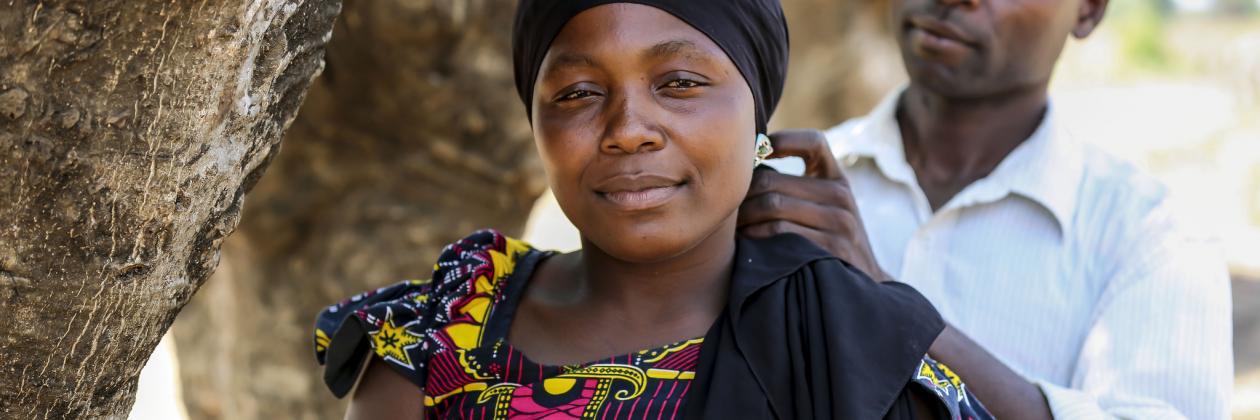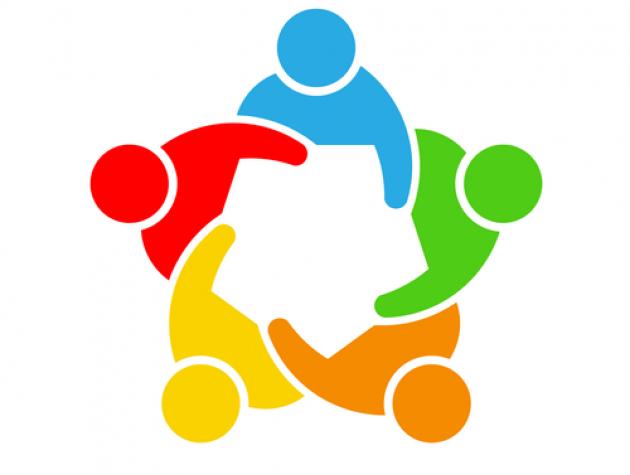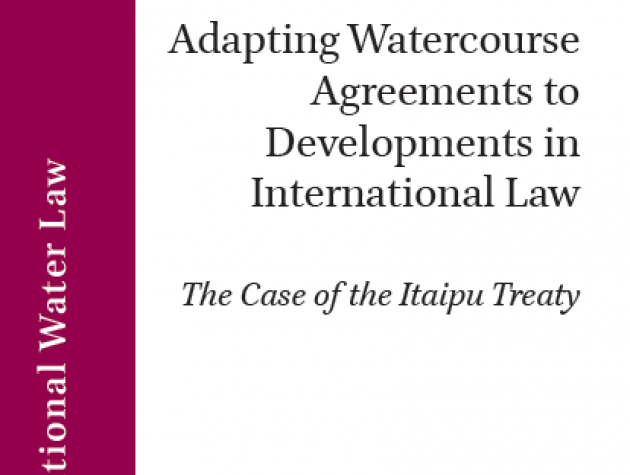Intimate Partner Violence: The Hidden Threat to Women’s Security
When the problem of violence against women during and after conflict is discussed, it is often in reference to non-partner-perpetrated sexual violence. Intimate partner violence is, however, another form of violence that plagues the lives of women in conflict-affected settings with harmful physical, psychological, and social consequences. The World Health Organization describes this violence as “behaviour by an intimate partner or ex-partner that causes physical, sexual or psychological harm, including physical aggression, sexual coercion, psychological abuse and controlling behaviours.” While men are also victims of this violence, women are disproportionately victimized. While advocacy by women succeeded in placing this problem on the international agenda, it has nonetheless often occurred on a large scale in many conflicts without being addressed by humanitarian actors and programs.
Indeed, studies suggest that intimate partner violence is the most common form of violence faced by women in some conflicts. Furthermore, this violence remains prevalent even after conflicts have ended. This is because it is rooted in gender inequality. It also remains prevalent because the risk of intimate partner violence is heightened by conditions that are characteristic of post-conflict settings: poverty, high unemployment, and the normalization of violence. The social fragmentation caused by conflict also increases the risk, as the relatives and friends who would have intervened to prevent or stop this violence are often absent. For example, the conflict in Côte d'Ivoire affected the services available to women, including the adjudication of cases by chiefs and elders. Consequently, long after combatants have laid down their arms and peace agreements have been signed, intimate partner violence continues to wreak havoc on women’s lives.
Because insufficient attention has been paid to intimate partner violence during and after conflict, programs to address this problem and support survivors are often lacking. This dearth of services not only aggravates victims’ suffering, but also undermines the agenda to advance women’s rights and gender equality. It underscores the need for conflict prevention and for domestic and international actors to devote more attention and resources to addressing this problem. Humanitarian organizations, therefore, must extend their gender-based violence programming to provide medical and psychological care, as well as social assistance, to victims of intimate partner violence.
These services are critically needed in post-conflict states. Some post-conflict states in Africa have enacted or strengthened intimate partner violence laws in a bid to end impunity for this act. As much as the arrest and prosecution of abusers is important for signalling that this act is unacceptable and for deterring offenders, it is often not desired by most survivors. For example, a study conducted in Liberia showed that most women wanted the abuse to stop and to live in peace with their husbands. This reluctance to prosecute is due to several reasons, including a fear of retaliation, financial dependence on the abuser, pressure from relatives to reconcile, and distrust of the criminal justice system. These barriers ensure that even when intimate partner violence is reported to law enforcement agencies, complainants are often unwilling to proceed to court. Indeed, research in Liberia revealed that most women sought to withdraw their complaints after reporting intimate partner violence to the police.
Therefore, in addition to improving the criminal justice and health systems so that they are more responsive to women’s needs, states and NGOs have to address the social and economic components of this violence. They must introduce more initiatives that contribute to the prevention of intimate partner violence, and to intervention when it does occur. This more holistic approach would also include the establishment of shelters and the provision of financial assistance, educational programs, job training, and job placement programs for affected women. While this assistance would enable some women to seek redress from the state, the objective should be to help women attain what they desire most. For many, this is for the violence to end, financial independence, and a supportive social network.
Although it is often hidden, intimate partner violence is a threat to women’s security and rights, and to gender equality. As studies draw attention to the extent of the problem in conflict-affected states, there is a need for state and non-state actors to follow through with programs that adequately address it.







